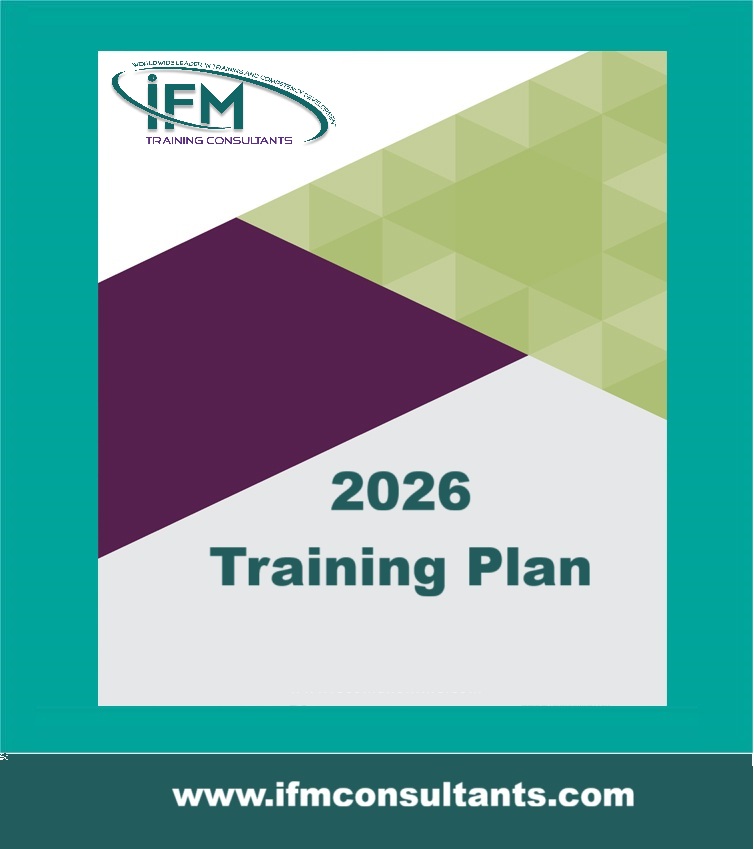Industerial Automation Using PLC
| Start Date | End Date | Venue | Fees (US $) | ||
|---|---|---|---|---|---|
| Industerial Automation Using PLC | 21 Dec 2025 | 25 Dec 2025 | Dubai, UAE | $ 3,900 | Register |

Industerial Automation Using PLC
| Start Date | End Date | Venue | Fees (US $) | |
|---|---|---|---|---|
| Industerial Automation Using PLC | 21 Dec 2025 | 25 Dec 2025 | Dubai, UAE | $ 3,900 |
Introduction
This course is aimed at benefiting those engineers and technicians who need to design, commission, and maintain automation and process control systems using Programmable Logic Controllers (PLCs). The objective of the course is to provide the practicing engineer and technician with the necessary tools to design, specify, configure, install, and commission a complete PLC system. The main challenge today is for engineers and technicians to make optimum use of their plant and equipment through automation and process control techniques.
The result of effective automation and process control are products, which cost less and have more controllable quality levels. PLC is one of the key components in achieving this productivity improvement. PLCs in the past have differed widely in their programming and hardware structure. However, there has been a rapid convergence today between different systems from different manufacturers.
The intention of this course is to approach the PLC as a tool in automation and process control with an emphasis on the different techniques and approaches that should be followed in using it effectively. This approach is distinct from another course, which concentrates on the PLC fundamentals such as the basic instruction sets and the hardware requirements.
- The objective of the course is to provide the practicing engineer and technician with the necessary tools to design, specify, configure, install, and commission a complete PLC system. The main challenge today is for engineers and technicians to make optimum use of their plant and equipment through automation and process control techniques. The result of effective automation and process control are products, which cost less and have more controllable quality levels. PLC is one of the key components in achieving this productivity improvement.
- PLCs in the past have differed widely in their programming and hardware structure. However, there has been a rapid convergence today between different systems from different manufacturers.
- The intention of this course is to approach the PLC as a tool in automation and process control with an emphasis on the different techniques and approaches that should be followed in using it effectively. This approach is distinct from another course, which concentrates on the PLC fundamentals such as the basic instruction sets and the hardware requirements.
Objectives
- The basic components of a PLC system.
- The fundamental operating principles behind using a PLC.
- Good installation practice.
- Discussion on programming PLCs.
- The PLC as part of a complete Local Area Network
- The PLC and the operator interface.
- High-Security PLC systems.
- Guidelines for troubleshooting of PLCs.
- PLC project specification
The issues that will be discussed are:
Training Methodology
This is an interactive course. There will be open question and answer sessions, regular group exercises and activities, videos, case studies, and presentations on best practice. Participants will have the opportunity to share with the facilitator and other participants on what works well and not so well for them, as well as work on issues from their own organizations. The online course is conducted online using MS-Teams/ClickMeeting.
Who Should Attend?
- Instrumentation and Control Engineers
- Consulting Engineers
- Electrical Engineers
- Project Engineers
- Maintenance Engineers
- Power System Protection and Control Engineers
- Building Service Designers
- Data Systems Planners and Managers
- Electrical and Instrumentation Technicians
Course Outline
A brief review of each of the chapters in this course is given below. It should be noted that the contents are broken into four main divisions.
Review of the Programmable Logic Controller
This serves to introduce the PLC and review the fundamentals of PLCs. This comprises:
Chapter 1 Introduction
An introduction to the objectives and summary of the contents of the manual and the essentials of a PLC and related systems
Chapter 2 Fundamentals of PLC's
The specific details of a typical PLC examined mainly from a hardware point of view.
Chapter 3 Programming Technique
The typical software used on a PLC, comparing different Techniques - similarities and differences.
Chapter 4 Good Installation Practice
Attention to good installation practice of a PLC system results in an effective system.
System Techniques
The combination of a variety of techniques and modules of hardware and software products or systems
Chapter 5 Data Communication
RS-232/RS-485/Ethemet interfaces and software protocols are considered.
Chapter 6 Operator Interfaces
Overall consideration from a design point of view and the interface to the PLC
Chapter 7 High-Security PLC Systems
PLCs used in an ultra-reliable situation
Troubleshooting
Chapter 8: Problem Isolation, Troubleshooting, and Maintenance
An examination of all aspects of identifying and locating problems of a PLC system but from a hardware and software point of view
The Project
No matter how small or large a PLC system is, there is a methodical way of putting the system together to minimize the overall costs and to achieve an effective control system.
Chapter 9 Functional Specification of the System
A detailed description of the hardware and software required for implementing the system
Also, a set of appendices provides the necessary background reference material to the material contained in the main chapters:
APPENDIX "A" Numbers and Data
APPENDIX "B" Ladder diagram instructions
APPENDIX "C" PLC Programming Examples
APPENDIX "D" PLC applications
APPENDIX "E" Combined Glossary of Terms

















